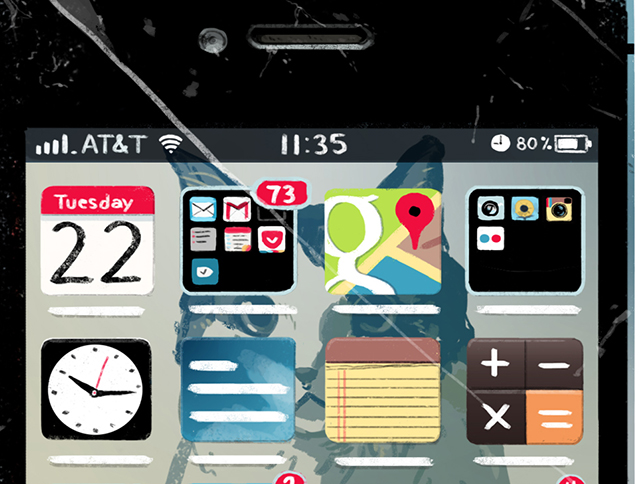
Maury Postal is associate creative director at Social@Ogilvy. Follow him on Twitter @mopostal.
In our modern age of hyper-communication, simple written language is no longer simple. To communicate effectively in the present, we must embrace the endless possibilities that exist beyond the written word. The essence of a complex emotion can now quickly be expressed through a few frames of thoughtful and captivating motion.
How did we get here? Through the evolution of an early, entirely functional file format, the GIF. Originally meant to transform the Internet into a more visual world, the GIF is now the common platform for portable, delightfully out-of-context entertainment. The genesis of this newfound fanaticism over small units of repetitive scenery is firmly rooted in past and present human behavior. Throughout history, there have been many instances of honest entertainment starting with the observation and celebration of simple, memorable moments in the physical world.
As marketers, we must come to terms with the return of simple emotional pleasures. As volatile as real emotions are, these can be manifested through the expression of many logical feelings or become something of a true spectacle, bordering on the absurd and irrational. Whatever their form, they all must to be relatable and repeatable. The very nature of society can be synthesized down to an asynchronous, platform-agnostic, meme-friendly set of imagery.
Embracing and understanding the cultural nuances of the moving image is only part of the equation. Applying those learnings in a smart, fluid and expressive manner is the only way for a modern brand to form a tightly knit emotional bond with the very people who communicate and share with their hearts, instead of solely listening to their heads.
For Lincoln, for example, we challenged ourselves to redefine what the essence of the brand would look like to a group of people that now communicate through emotion-defining imagery. To do this, we couldn’t pull from the past. Instead, we had to interpret what larger cultural elements would resonate and reinforce the soul of the reborn automaker. We focused on how an entire state of mind could characterize a simple moment in time: seducing and enchanting the cultural zeitgeist into being a part of our animated Shangri-La, while preparing a new future for the brand.
.gif via Kyle Fewell
More in Marketing

Zero-click search is changing how small brands show up online — and spend
To appease the AI powers that be, brands are prioritizing things like blogs, brand content and landing pages.

More creators, less money: Creator economy expansion leaves mid-tier creators behind
As brands get pickier and budgets tighten, mid-tier creators are finding fewer deals in the booming influencer economy.

‘Still not a top tier ad platform’: Advertisers on Linda Yaccarino’s departure as CEO of X
Linda Yaccarino — the CEO who was never really in charge.






